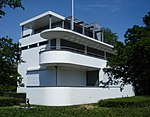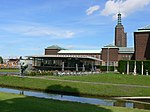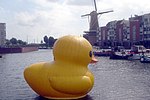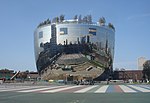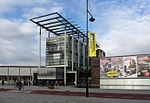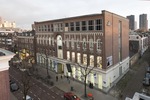Eendrachtsplein metro station
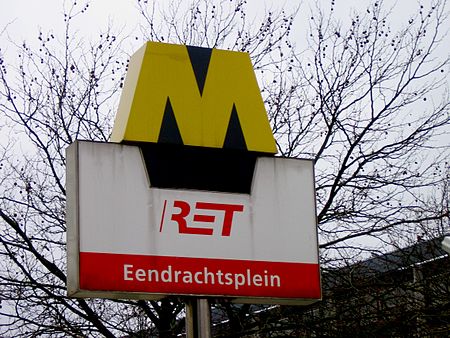
Eendrachtsplein is an underground subway station in the center of Rotterdam. It is part of the Rotterdam Metro lines A, B, and C. The station is named after Eendracht Square (which is Eendrachtsplein in Dutch). It was opened on 10 May 1982. The station is located near several cultural hotspots, of which photos and location information are displayed on information panels on the station walls. Many party-goers head to this station, particularly on Friday and Saturday evenings, to dwell around famous cafés, bars and venues in neighboring Nieuwe Binnenweg, Oude Binnenweg and Westersingel. The station is between Dijkzigt and Beurs on the East-West Line (formerly Caland line), nowadays lines A, B, and C.
Excerpt from the Wikipedia article Eendrachtsplein metro station (License: CC BY-SA 3.0, Authors, Images).Eendrachtsplein metro station
Eendrachtsplein, Rotterdam Centrum
Geographical coordinates (GPS) Address Nearby Places Show on map
Geographical coordinates (GPS)
| Latitude | Longitude |
|---|---|
| N 51.916388888889 ° | E 4.4736111111111 ° |
Address
Eendrachtsplein
Eendrachtsplein
3012 LA Rotterdam, Centrum
South Holland, Netherlands
Open on Google Maps

